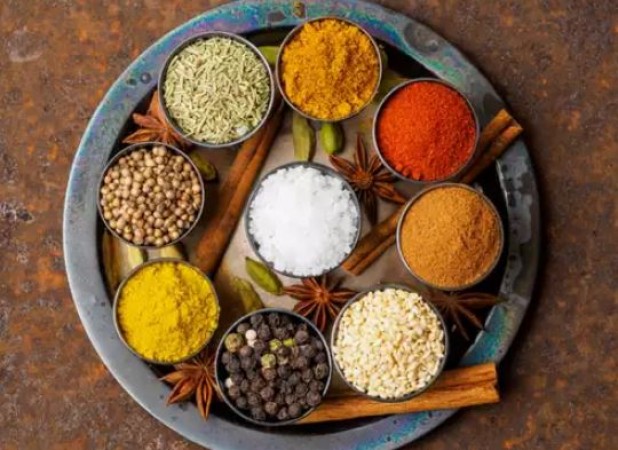
Spices not only enhance the flavor of our dishes but also contribute significantly to our health and well-being. However, the prevalence of adulteration in spices raises concerns about food safety and quality. In this comprehensive guide, we delve into various techniques to identify real and fake spices, ranging from turmeric to red chili powder.
Authentic Turmeric Identification:
Turmeric, known for its vibrant yellow color and medicinal properties, is often adulterated to enhance its appearance. To ascertain its authenticity, mix a small amount of turmeric powder in a glass of water. Genuine turmeric settles at the bottom, imparting a light yellow hue to the water, while fake turmeric immediately turns the water dark yellow or orange.
Spotting Genuine Red Chili Powder:
Red chili powder, a staple in many cuisines, is prone to adulteration with cheaper additives. To distinguish real red chili powder, mix it with water and observe the color and consistency. Authentic red chili powder imparts a deep red color to the water without any irregularities, while fake ones may exhibit inconsistent coloration or contain gritty particles.
Identifying Authentic Black Pepper:
Black pepper, prized for its pungent flavor, can also fall victim to adulteration. Genuine black pepper corns are hard and difficult to break, whereas adulterated ones may break easily or contain other black-colored seeds. By pressing black pepper corns between your fingers, you can gauge their hardness and authenticity.
Differentiating Genuine Table Salt:
Table salt, a kitchen staple, is sometimes adulterated with substances like chalk or gypsum. To detect adulteration, sprinkle some salt on a cut surface of a potato and add a few drops of lemon juice. If the salt exhibits any unusual reaction, it indicates the presence of adulterants.
Identifying Authentic Saffron:
Saffron, known as the "king of spices," is one of the most expensive spices and is often subject to adulteration. Genuine saffron threads release a strong aroma and impart a rich golden hue when steeped in warm water, while fake ones may lack fragrance and color.
Ensuring the authenticity of spices is essential for maintaining food safety and quality standards. By employing these techniques to identify real and fake spices, consumers can make informed choices and protect themselves from potential health risks associated with adulterated spices. Additionally, regulatory authorities play a crucial role in implementing measures to curb spice adulteration and safeguard public health.
Narendra Modi 'Shepherded India's Remarkable Transformation': Singapore PM Lawrence Wong
Feeling Your Stomach Bloated? This Is Probably Why, Here's Remedy
Weight Loss Mantra - Jeera Water: These 8 Benefits Will Surprise You